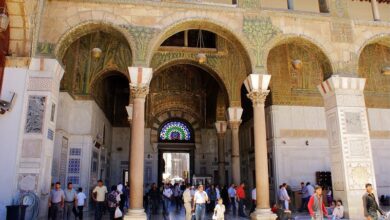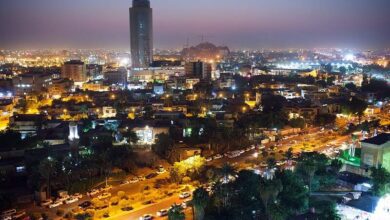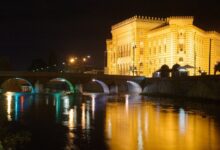Cities of Islam: Lahore

In our series on Cities of Islam, we are now presenting the city of Lahore in Pakistan!
Lahore, the capital of Punjab, one of Pakistan’s five provinces, is the country’s economic and cultural hub. While the exact origin of its name is uncertain, there are legends suggesting that it was inspired by Lava (Loh), the son of the god-king Ramachandra mentioned in Hindu mythology.
Lahore in Islamic History
During the Abbasid period, the Iranian historian Baladhuri, mentioned that in 664, Muhallab ibn Abi Sufra, the son of Abu Sufyan’s companion and one of the commanders of Muawiya ibn Abi Sufyan, led an expedition to this region. The primary purpose of this campaign was to achieve significant conquests in Khurasan. During these years, Lahore was part of the Indian territories.
Lahore Under Mahmud of Ghazni

Looking at the years around 1013-1014, we see that Mahmud of Ghazni conquered Lahore. He converted Lahore Fort and its surroundings into a military base and stationed Turkic and Tajik soldiers brought from Khurasan. During this period, Lahore became the most favored city of the Ghaznavids.
During the Ghaznavid rule, Lahore hosted many Sufis and their activities. This hosting played a crucial role in the Islamization of India. With the establishment of Sufi centers, Lahore attracted numerous scholars, poets, and artists.
Islamic Movements in Lahore

After the short-lived rule of the Ghaznavids, Lahore experienced several periods of decline and resurgence, with its government changing hands many times. From 1850 to 1947, Lahore was under British rule. While traditional Islamic structures continued to dominate the city, British institutionalization efforts led to the creation of European-inspired structures. To assert control over British dominance and not become a minority, two communities, Hindus and Muslims, established some organizations in this city. The Lahore branch of the Muslim League and the Encümen-i Himâyet-i İslâm organization can be cited as examples of these structures. In 1940, a decision was made to divide the Punjab region, which would be between India and Pakistan in the following years, and Lahore remained with Pakistan.
Education and Cultural Center Lahore
Throughout history, Lahore has been an essential center for education and culture, producing numerous scholars, thinkers, and artists. The city is home to several educational institutions, including the University of the Punjab (established in 1882), Government College, King Edward Medical College, the University of Engineering and Technology, Islamia College, and Kinnaird College. Lahore also houses the Kāidiâzam Muhammad Ali Jinnah Library.
When You Think of Lahore
Lahore Fort
One of the early examples of Mughal architecture, the structure is also known as the “Old Fort.” It has been on UNESCO’s World Heritage List since 1981.
Badshahi Mosque

Completed in 1967, this mosque was built by the Mughals, an Islamic empire. With its interior and exterior, it accommodates a total of 100,000 people. Badshahi, the largest mosque of its time, is now the second-largest mosque in Pakistan. The tomb of Pakistan’s national poet, Muhammad Iqbal, is located right next to this mosque.
Shalimar Gardens
Shalimar Gardens, also built by the Mughals, evoke unique admiration from visitors. Just as in architecture and painting, the Babur tradition in the gardens emphasizes creating an image of paradise with balance, symmetry, and axes. While trying to adapt the concept of paradise to these gardens, they also drew inspiration from the verses about paradise in the Quran. The elegance of the fountains that feed the water channels aims to reflect the rivers of paradise.
Jahangir, Asif Khan, and Akbari Sarai Tombs

The Jahangir, Asif Khan, and Akbari Sarai complexes represent important elements of India’s rich historical heritage. These structures were built during the Mughal Empire and are notable for their magnificent architecture and cultural significance.
Jahangir’s Tomb, constructed in memory of the Mughal Emperor Jahangir, is a masterpiece completed in the 17th century. Located in Lahore, this structure is made of white marble and showcases one of the finest examples of Indo-Islamic architecture. With its detailed craftsmanship, gardens, and pools, it presents an aesthetic unity.








